Cabinet boxes- does joinery matter? $$ ?
jaydubya
12 years ago
Related Stories

INSIDE HOUZZHow Much Does a Remodel Cost, and How Long Does It Take?
The 2016 Houzz & Home survey asked 120,000 Houzzers about their renovation projects. Here’s what they said
Full Story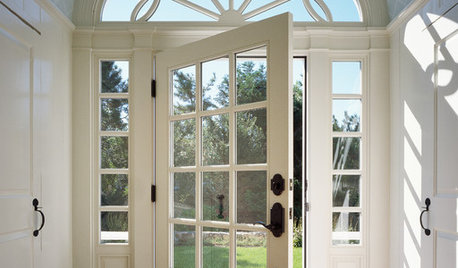
REMODELING GUIDESThe Good House: Little Design Details That Matter
Tailored trim, cool counters and a nice weighty door — such details add so much to how a home feels to the people inside
Full Story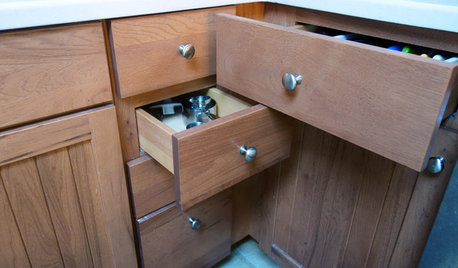
FUN HOUZZ10 Truly Irritating Things Your Partner Does in the Kitchen
Dirty dishes, food scraps in the sink — will the madness ever stop?
Full Story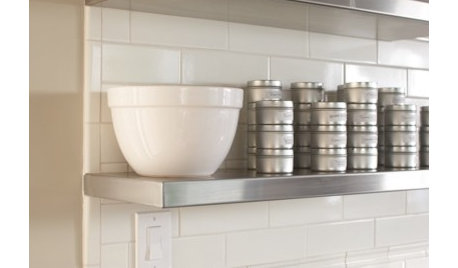
KITCHEN DESIGNHow Much Does a Kitchen Makeover Cost?
See what upgrades you can expect in 3 budget ranges, from basic swap-outs to full-on overhauls
Full Story
REMODELING GUIDESBathroom Workbook: How Much Does a Bathroom Remodel Cost?
Learn what features to expect for $3,000 to $100,000-plus, to help you plan your bathroom remodel
Full Story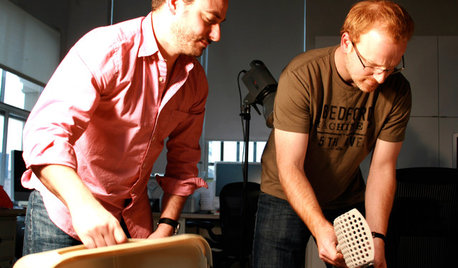
TASTEMAKERSModko Litter Boxes Address the Mess
A design duo has reinvented the much-maligned cat box, with an award-winning result
Full Story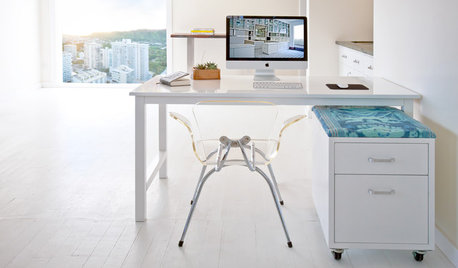
HOME OFFICESYou Can Kick That Ugly Filing Cabinet to the Curb
When you’re ready to break out of the gray metal box, consider these creative options for storing your files
Full Story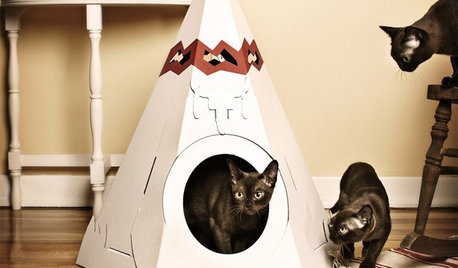
LIFEGet the Scoop on High-Design Litter Boxes
Unavoidable doesn't have to mean unpleasant; cats and guardians alike will purr over these terrific design solutions for the litter box
Full Story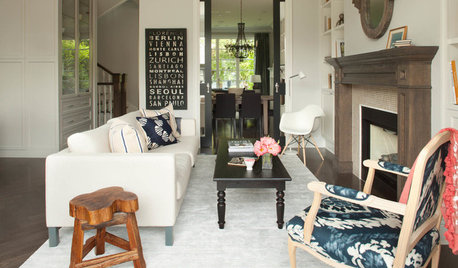
FURNITURE12 Sofa Colors That Won't Box You In
With any of these colors as a base, you can change your decor as often as you change your mind
Full StoryMore Discussions






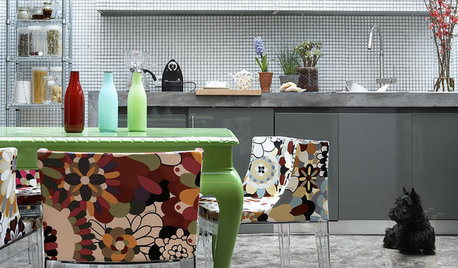


Jon1270
jaydubyaOriginal Author
Related Professionals
Parsippany Cabinets & Cabinetry · Milford Mill Cabinets & Cabinetry · Enumclaw Carpenters · North Hollywood Carpenters · Sunnyvale Carpenters · Manteca Flooring Contractors · Redmond Flooring Contractors · San Rafael Flooring Contractors · Taunton Flooring Contractors · Rochester Furniture & Accessories · Fargo Furniture & Accessories · Maplewood Furniture & Accessories · Carpinteria Furniture & Accessories · Fish Hawk Handyman · North New Hyde Park HandymanJon1270
John Liu
User
brickeyee
jaydubyaOriginal Author
Jon1270
brickeyee